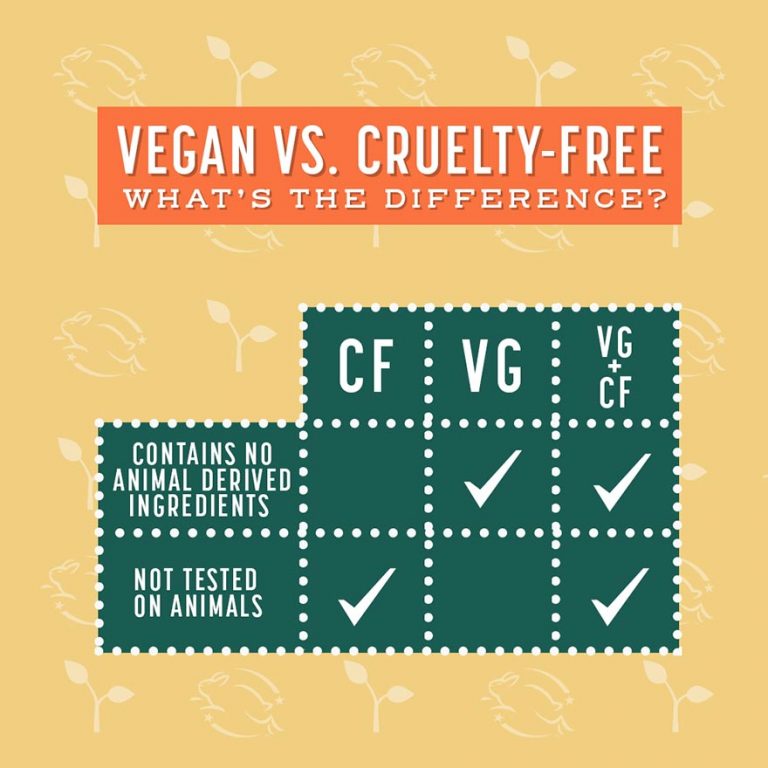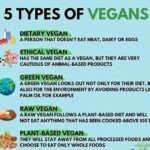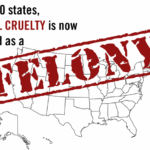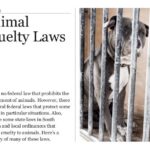In the contemporary discourse around ethical consumption, the terms “vegan” and “cruelty-free” have emerged as significant markers of responsible living. Many consumers gravitate toward plant-based alternatives, inspired by the ideals of compassion and sustainability. However, the relationship between veganism and animal cruelty is not as straightforward as it might initially appear. There are various grey zones that complicate the assertion that vegan equals cruelty-free. Understanding these nuances is crucial for anyone committed to reducing animal suffering.
To begin with, veganism, in its most fundamental definition, eschews the consumption of animal products. This includes meat, dairy, eggs, and even honey. The philosophy behind veganism often extends beyond dietary choices to encompass a broader ethical stance aimed at freeing animals from exploitation. However, the absence of direct animal exploitation in one’s diet does not universally translate to a cruelty-free existence. A thorough examination of different factors reveals various layers that merit discussion.
One pressing concern surrounding plant-based living is the agricultural practices employed in the production of vegan foods. Industrial farming, including large-scale vegetable and grain production, can have detrimental effects on local ecosystems. Soil degradation, pesticide use, and habitat destruction can lead to the displacement and mortality of numerous species of wildlife. While the intent behind choosing a vegan diet may stem from a desire to protect animals, the method of production may, paradoxically, contribute to ecological harm and, by extension, affect animal populations.
Moreover, one must consider the treatment of farmworkers and their communities. The agricultural industry often exploits marginalized populations, resulting in significant human suffering. Labor conditions in some sectors may be deemed cruel, raising an ethical question about the intersection of human rights and animal welfare. A vegan diet that is reliant upon products from such industries might inadvertently support systems of oppression, ultimately sparking conversations around broader ethical implications.
Beyond agricultural practices, the concept of “cruelty-free” also extends into the realm of consumer products. Many consumers may inadvertently purchase vegan products that are not certified cruelty-free. The term “vegan” primarily signifies the absence of animal-derived ingredients without necessarily ensuring that animals were not subjected to testing or unethical practices during production. This distinction is significant as consumers increasingly seek transparency and integrity from brands. As such, understanding product labeling becomes essential for anyone passionate about responsible consumption.
A significant grey area arises when discussing processed vegan foods. Often, these items come laden with numerous additives and preservatives, which can be synthesized from animal sources. While the final product may be devoid of animal ingredients, the journey from raw materials to processed goods can be murky. The same issue arises with many common food substitutes, such as vegan cheeses and meats, some of which may still rely on questionable practices or ingredients that do not adhere to strict cruelty-free standards.
Furthermore, the environmental consequences of certain vegan choices can also be debated. The production of some plant-based food sources, particularly exotic or highly processed items, can have substantial ecological footprints. For example, avocado and soy farming can sometimes result in environmental degradation and disruption of local wildlife. Consequently, it becomes imperative to investigate the sourcing of vegan foods and make informed decisions that prioritize minimal impact on animal habitats.
The idea of overlapping interests raises an interesting point; the cruelty-free certification for cosmetics, for instance, may invite scrutiny. While a brand claims to be cruelty-free, a more in-depth examination may reveal that they still support animal exploitation indirectly, perhaps through their supply chain. The moral complexity of such situations illustrates the need for consumers to be discerning and informed. The movement toward cruelty-free products should include a holistic investigation into every aspect of production.
The health implications of veganism also warrant consideration. Although a plant-based diet can be profoundly beneficial for personal well-being, it is worth noting that not all nutritional choices are equally beneficial. Processed vegan foods can contribute to negative health outcomes, suggesting that a diet rich in whole, unprocessed foods is a more ethical choice for both personal health and animal welfare. Balancing the pursuit of a nutritious vegan diet with a commitment to sustainability can posit additional challenges for the conscientious consumer.
It is also crucial to acknowledge the varying perspectives within the vegan community. Some advocates hold firm beliefs that any form of consumption, whether plant or animal-based, should be examined through an ethical lens. Others may argue that pragmatism should guide dietary choices, particularly in regions where access to diverse foods is limited or when cultural contexts dictate different standards. This divergence complicates the narrative surrounding veganism and animal welfare, underscoring the importance of context in every individual’s dietary choices.
In conclusion, while veganism can inherently present a more compassionate choice, it does not automatically exempt an individual from participating in systems of cruelty. The environmental and social implications of food sourcing, agricultural practices, and corporate ethics must be taken into account. A commitment to animal welfare extends beyond merely eliminating animal products from one’s diet; it necessitates a conscientious engagement with all facets of consumption. Recognizing these grey zones allows for a more nuanced approach to living ethically and responsibly in a world that presents myriad challenges to true animal liberation.







